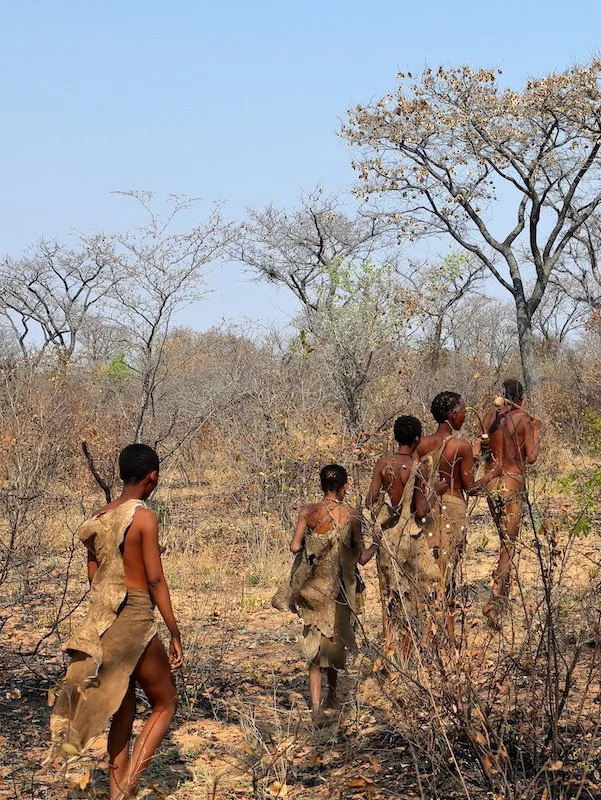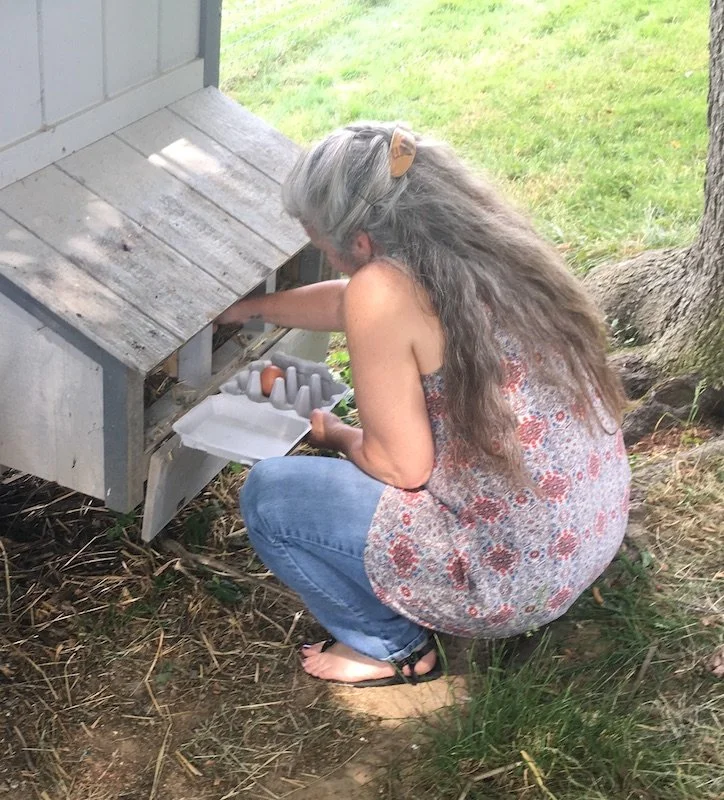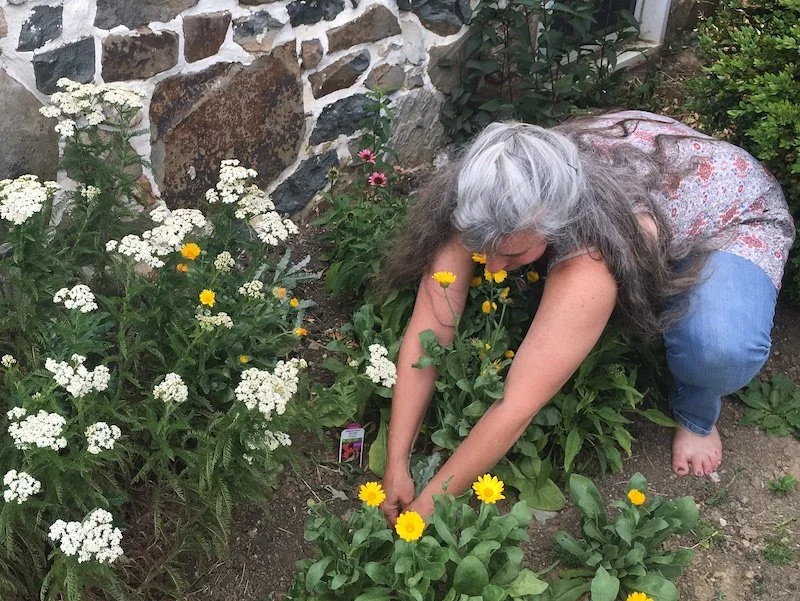The movements lives are made of…* (part 1)
(*A phrase borrowed from Katy Bowman’s book, “Rethink Your Position”, which I thought perfectly encapsulates the spirit behind Restorative Movement…!)
When it comes to getting more ‘movement’, where do you start?
Here are a few questions that may help.
(Disclaimer: This post contains affiliate links.)
Yoga. HIIT. CrossFit. Barre. Running. Belly dance. Treadmills.
The list goes on, and enthusiasts of any form will swear by their particular passion.
But, how does one decide which is best for them?
And more to the point of this article, which form(s) will actually meet the demands of how you want to live your life?
This is not to be discouraging, but even as we’re aware that the specific moves a football player or a ballet dancer practices in order to develop the kind of body that can perform football or ballet really well, engaging in one kind of exercise has much of the same effect: to get better at yoga, or HIIT, or running on a treadmill.
The human body is amazingly adaptable.
The good news is, we don’t need to learn or reclaim every possible movement available to the human body - if that were even possible.
Even humans living ‘in the wild’ are going to be moving (and not moving) in ways particular to their lifestyles, their given activities, and geography.
While they will be moved in much more dynamic ways by their natural environment and basic life activities than we will ever be, a forest dweller will have very different movement skills and body shape than a mountain or desert dweller.
And, we would no more approach the entire body of human languages with the imperative of ‘gotta learn ‘em all’, than we should try to fit in all the million macro- and micro-movements the human body is capable of.
So, where then, does one start, and focus one’s effort when it comes to the ‘right’ kinds of movement - for us, here in a manmade, paved-over world?
Fortunately, unless you want to be an Olympic ice-skater, or mountaineer, or live in space, we can narrow down the options considerably.
Here are four questions to start with:
What do you want to be able to do with your body now?
And, I’m talking more than just exercise.
Maybe it’s taking longer walks more frequently. Maybe it’s feeling confident to fix a flat tire, or other common repairs. Maybe it’s running after the grandkids, or getting down on the floor with them (without worrying about getting back up). Maybe it’s tending to the overly-ambitious garden, or getting the holiday decorations down and back up to the attic every year.
What do you want to be able to do with your body, 5, 10, 20 years from now?
It’s said that the best time to plant a tree is 20 years ago; the second best time is now.
It’s definitely a lot easier to start hitting your 50’s, 60’s and 70’s and wishing that you kept up certain capabilities through those years, than thinking ahead about all that in your 20’s and 30’s. (Because, you know, that will never happen to us…)
I’m engaged in an experiment to determine whether getting up and down off the floor without using hands and knees every day will remain a viable skill (barring some other event), until I die. Seems reasonable, right?
We all know (or are maybe coming to resemble) people that are losing some degree of self-sufficiency due to movement limitations. These things creep in inch by inch, and a million little choices made every day to move or not move in a certain way. It’s good to keep an eye on what you want to retain, and how to practice the skills regularly - especially, if they’re not functions you need regularly.
What would you like to be able to do with your body now that you could do 10 years ago, but today, not so well?
I used to do a head stand every couple months (okay, not entirely practical), but just to make sure I could still do one.
Admittedly, I stopped about 10 years ago, and I’m kinda afraid to try now.
However, I also had developed a fear about jumping off heights, like a chair, until I took a MovNat workshop last year and re-learned how to do it safely. So, it can happen!
BONUS QUESTION: How do you want to continue to be of service with your body - now and as long as possible?
I’m in so-called ‘middle age’, but a long way from retirement.
I still want to be able to practice shiatsu as my career (which can be quite movement-oriented!) for many years. I want to be able to teach movement in my community for a long time.
And, I would much rather be on the care-giving - rather the receiving end - for my family as long as possible.
Food gathering! A noble use for squatting.
Pulling out thistle in a tight space - again, squatting for the win!
So, my point here, is to explore what you want to be able to use your body for…
… and determine which - if any - of your movement practices are transferable.
For instance, if you wanted to be able get down to the bottom and back of your kitchen cabinets (because isn’t that where the platter for the Thanksgiving turkey usually hides?) that would involve movements, strengths, and flexibilities that would also transfer to other moves that also involve getting down low, reaching, stretching and getting back up.
The possibilities are endless.
Or, maybe you really don’t want or need those kinds of skills.
There’s plenty of developments around now to save us all that effort, and potential discomfort.
However, even as we may not need to chop wood and carry water (or forage for wayward kitchen items) our bodies still need, crave, hunger for, thrive on as much varied movement as it can get.
(If you want a deep-dive low-down on that topic, please check out “Move Your DNA: Restore Your Health Through Natural Movement”, by Katy Bowman.)
I hope that gave you some movement food for thought!
Don’t forget, you can work with me one-to-one for your own specific movement-for-living goals!






